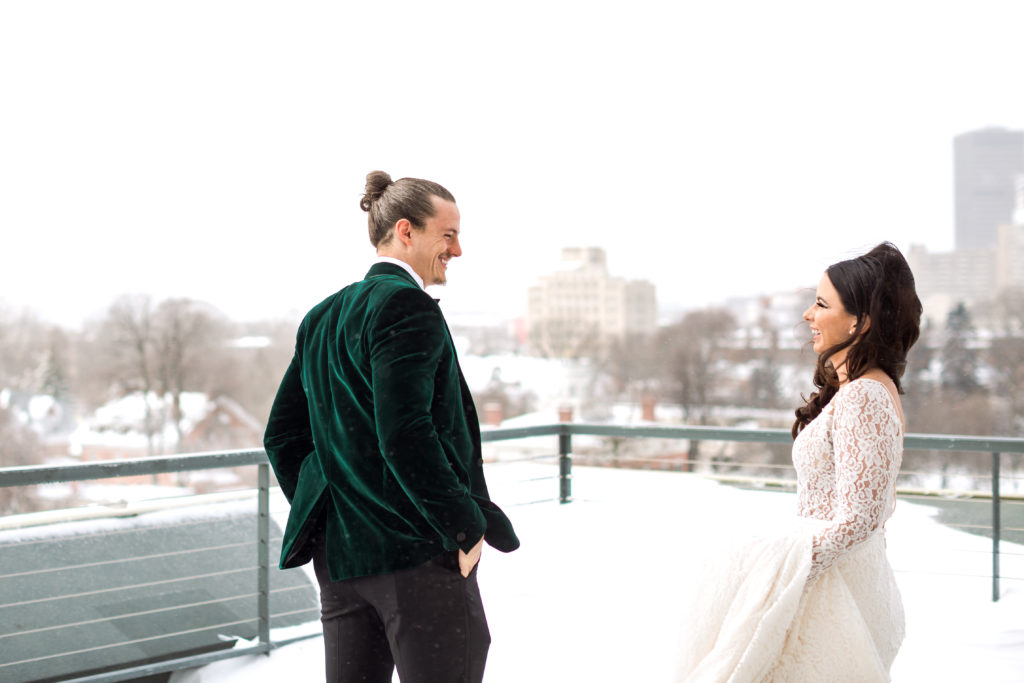SHARE
What are wedding traditions?
Wedding traditions are customs, rituals, and practices that have been passed down through generations and are often deeply rooted in cultural, religious, or societal significance. These traditions vary widely depending on factors such as location, cultural background, and personal preferences.
Here are some common wedding traditions observed in various cultures and communities:
- Exchanging Vows: The exchange of vows is a fundamental wedding tradition in which the couple pledges their love, commitment, and fidelity to each other. This may involve reciting traditional vows, writing personalized vows, or participating in cultural ceremonies that symbolize their union.
- Exchanging Rings: The exchange of wedding rings symbolizes the couple’s commitment to each other and their promise to love and cherish one another for eternity. Rings are typically exchanged during the wedding ceremony, often accompanied by vows or blessings from officiants or religious leaders.
- Walking Down the Aisle: In many Western weddings, the bride traditionally walks down the aisle escorted by her father or a significant family member, symbolizing her transition from one family to another. This tradition is often accompanied by the processional music and serves as a poignant moment in the ceremony.
- Bridal Party: The bridal party, consisting of bridesmaids, groomsmen, flower girls, and ring bearers, plays a significant role in many weddings. Members of the bridal party often participate in pre-ceremony rituals, accompany the couple during the ceremony, and offer support and assistance throughout the celebration.
- Unity Ceremonies: Unity ceremonies are rituals that symbolize the merging of two individuals into one unified couple. Common unity ceremonies include lighting a unity candle, pouring sand or water into a single vessel, or tying a knot together, each representing the blending of two lives into a shared journey.
- Reception Traditions: Wedding receptions often feature a variety of traditions, including the cutting of the wedding cake, the first dance between the newlyweds, and toasts from family and friends. These traditions serve to celebrate the newly married couple and create memorable moments for all in attendance.
- Cultural and Religious Rituals: Many weddings incorporate cultural or religious rituals and customs that hold special significance within specific communities. These may include traditions such as the breaking of the glass in Jewish weddings, the exchange of garlands in Indian weddings, or the sharing of sake in Japanese weddings.
These are just a few examples of the myriad wedding traditions observed around the world. While some couples choose to adhere strictly to tradition, others may opt to incorporate elements of their own cultural heritage, personal beliefs, or modern preferences into their wedding celebrations, creating a unique and meaningful experience that reflects their love story and values.
Are some traditions fading? Should they be seen less and less?
Wedding traditions have evolved over time, reflecting changing cultural norms and personal preferences. While some couples embrace traditional rituals with enthusiasm, others opt for a more modern and personalized approach to their celebrations.
Here are three wedding traditions that are becoming less common among today’s couples:
- Garter and Bouquet Toss: The garter and bouquet toss, once ubiquitous at weddings, are now often seen as outdated or even uncomfortable for some couples and guests. The tradition of tossing the bride’s bouquet and the groom removing the garter from her leg can feel antiquated and even sexist to some, perpetuating stereotypes about gender roles and marital expectations. Many couples choose to skip these traditions altogether or find alternative ways to involve their guests in the celebration that feel more inclusive and reflective of their values.
- Saving the Top Layer of the Cake: Traditionally, couples would save the top layer of their wedding cake to enjoy on their first anniversary, symbolizing their enduring love and commitment. However, with modern advances in cake preservation and the availability of specialty bakeries that offer anniversary cake services, saving the top layer of the cake has become less common. Some couples opt to enjoy their entire wedding cake on the day of the celebration or order a fresh replica of their wedding cake for their first anniversary, allowing them to savor the sweetness of their love without worrying about freezer burn.
- Opting Not to Do a First Look Due to “Bad Luck”: The superstition that seeing each other before the ceremony brings bad luck is losing its hold on many couples as they prioritize capturing intimate moments and alleviating pre-ceremony jitters. The first look—a private moment shared between the couple before the ceremony—has become increasingly popular, allowing them to connect, exchange heartfelt words, and share a quiet moment together before the whirlwind of the day begins. By breaking with tradition and opting for a first look, couples can create memories that are both meaningful and memorable, setting the tone for a day filled with love, joy, and authenticity.
Ultimately, whether couples choose to embrace or eschew traditional wedding rituals, what matters most is that their celebration reflects their unique love story, values, and vision for the future. By honoring tradition while also making space for personalization and innovation, couples can create a wedding day that is as timeless as it is modern, as meaningful as it is memorable.
